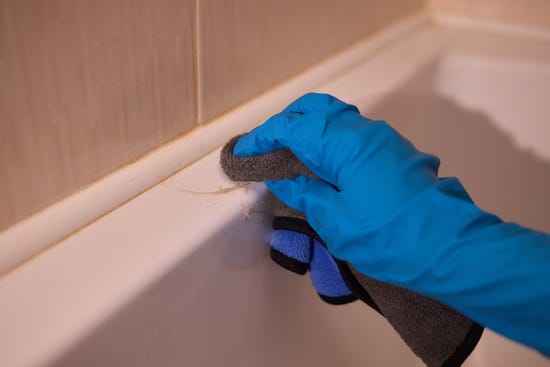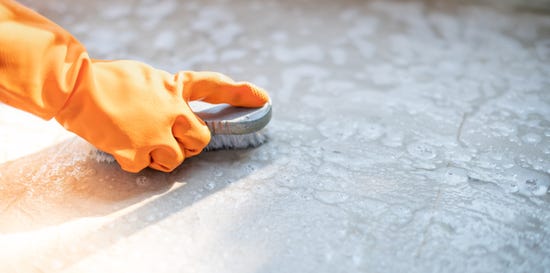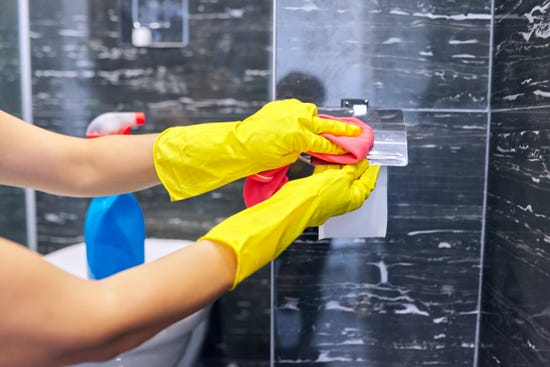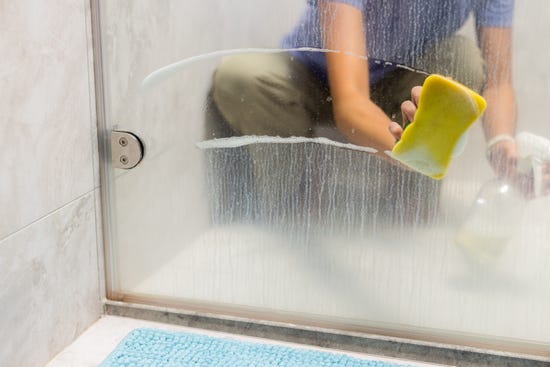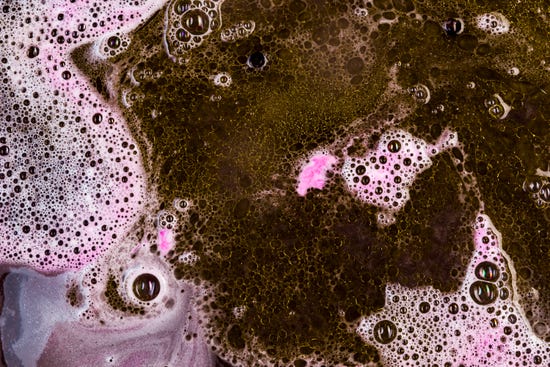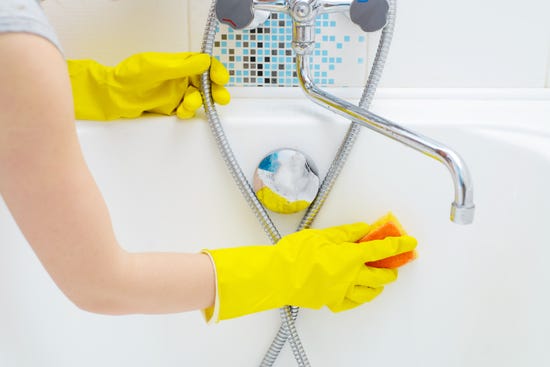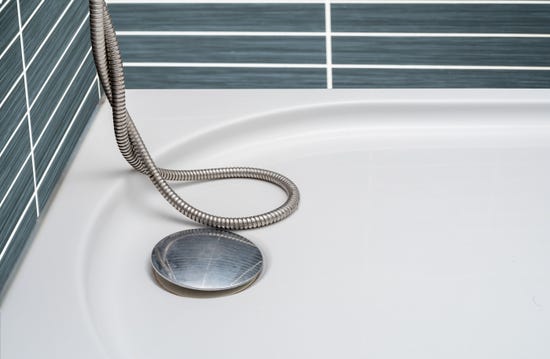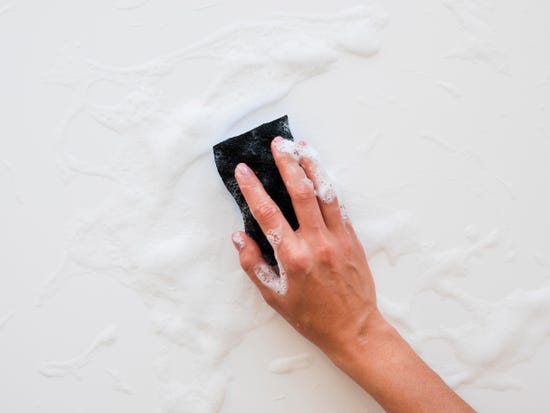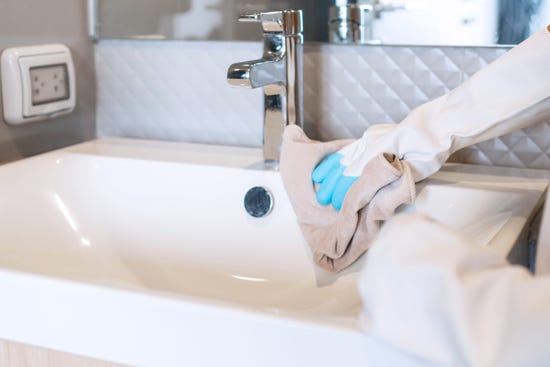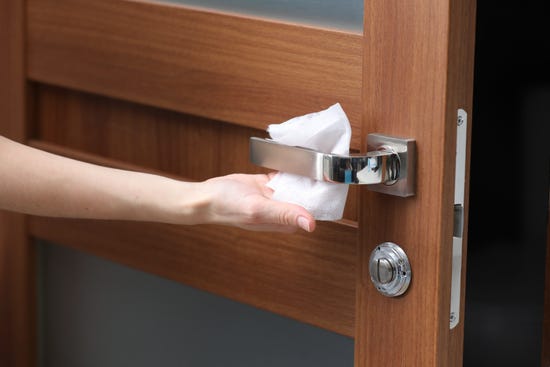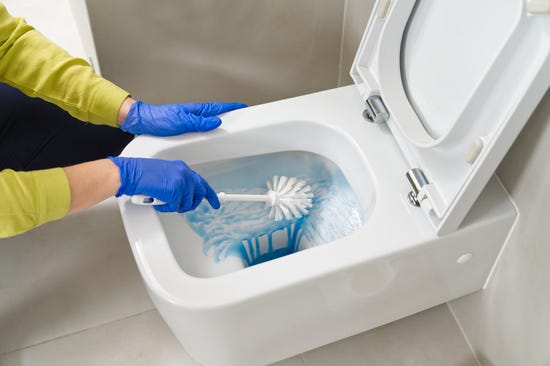
How To Clean Faucet Heads
How To Clean Faucet Heads
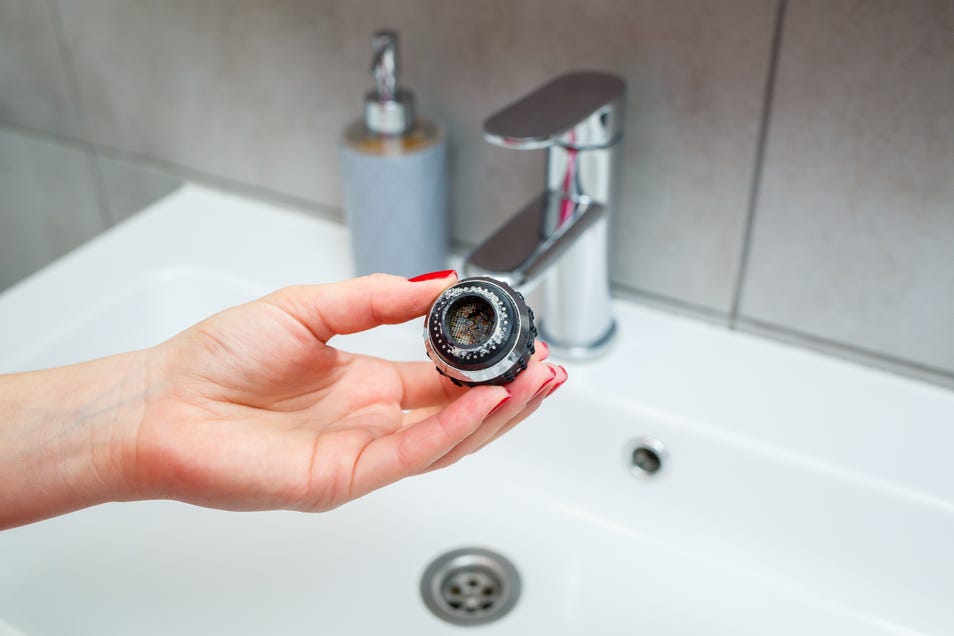
If you've noticed your sink faucet spraying unevenly, losing pressure, or looking worn, you're not alone. Over time, faucet heads can accumulate grime, limescale, calcium, mineral deposits, and even germs and bacteria, which can impact both the water quality and flow.
Fortunately, cleaning a faucet head is a straightforward task that can make a significant difference. With just a few cleaning and disinfecting products, such as Lysol® All-Purpose Cleaner Spray, which kills 99.99% of viruses and bacteria*, you can restore your faucet’s shine and performance.
Keep reading to discover easy, effective steps to clean your sink faucet, remove stubborn buildup, and maintain a smooth and safe water flow every time.
Step-by-Step: How to clean faucet heads
Follow these expert-approved steps to clean your faucet head.
- Clear the faucet area of toothbrushes, pots, and soaps to facilitate easy access and cleaning. Also, open windows or activate the exhaust fan to maintain proper airflow, particularly when using a cleaner with potent fumes.
- Spray Lysol® All-Purpose Cleaner generously onto the faucet head, focusing on areas with visible mineral deposits or grime. Ensure the cleaner reaches all crevices and the aerator screen.
- Allow the cleaner to sit for typically 5–10 minutes. This allows the solution to break down grime, grease, soap scum, mineral buildup, and kill 99.99% of viruses and bacteria*.
- Using a soft-bristle toothbrush or sponge, gently scrub the faucet head, paying special attention to the nozzles and any areas with stubborn buildup. Be cautious not to use abrasive materials that could scratch the finish.
- Wipe the faucet head and surrounding surfaces with a clean, dry microfiber cloth or paper towel to remove any loosened contaminants.
- Turn on the faucet to rinse away the loosened debris and any remaining cleaner. Use a damp cloth to wipe down the exterior surfaces, ensuring all cleaner residues are removed.
- Lastly, use a dry microfiber cloth to thoroughly dry the faucet head, preventing water spots and restoring its shine.
*When used as directed.
FAQs
Can germs build up on sink faucets?
Yes, sink faucets are high-touch surfaces that can harbor germs, bacteria, and viruses. Regular cleaning combined with disinfecting using products like Lysol® helps kill 99.99% of viruses and bacteria*, keeping your faucet hygienic and safe for daily use.
How often should I clean my faucet head?
It’s recommended to clean your faucet head every 2–3 months, or more frequently if you live in an area with hard water, to prevent mineral buildup and maintain water flow.
Can I clean my faucet head without removing it?
Yes! You can use a plastic bag filled with Lysol® Multi-Surface Liquid Cleaner, secured around the faucet head, or spray a cleaner directly onto it, allowing it to dissolve mineral deposits without removal.
What if my faucet head is still clogged after cleaning?
If buildup remains after soaking and scrubbing, try removing the faucet aerator for a deeper clean or consider replacing the aerator if it’s heavily damaged.
How can I keep my sink faucet smelling fresh?
To keep your sink faucet smelling fresh, regularly clean and disinfect it with Lysol® products that offer fresh scents like Classic Lemon or the Brand New Day™ range, which eliminate odors while keeping your faucet clean and hygienic.



